Best Companion Plants For Lettuce In Containers
Title: Best Companion Plants for Lettuce in Containers
Lettuce is a cool-season vegetable that is relatively easy to grow in containers. However, there are some companion plants that can help to improve its growth and health. In this blog post, we will discuss the best companion plants for lettuce in containers.
Introduction
Companion planting is a gardening practice that involves planting certain plants together in order to benefit each other. Some companion plants can attract beneficial insects, deter pests, improve soil quality, or provide shade. When it comes to lettuce, there are several plants that make great companions.
Main Content
Here are some of the best companion plants for lettuce in containers:
- Carrots: Carrots and lettuce have similar growing requirements and do not compete for resources. Carrots can also help to loosen the soil, which can improve drainage and aeration for the lettuce.
- Herbs: Herbs such as chives, garlic, and parsley are great companions for lettuce. They attract beneficial insects that help to control pests, and they also add flavor to salads and other dishes.
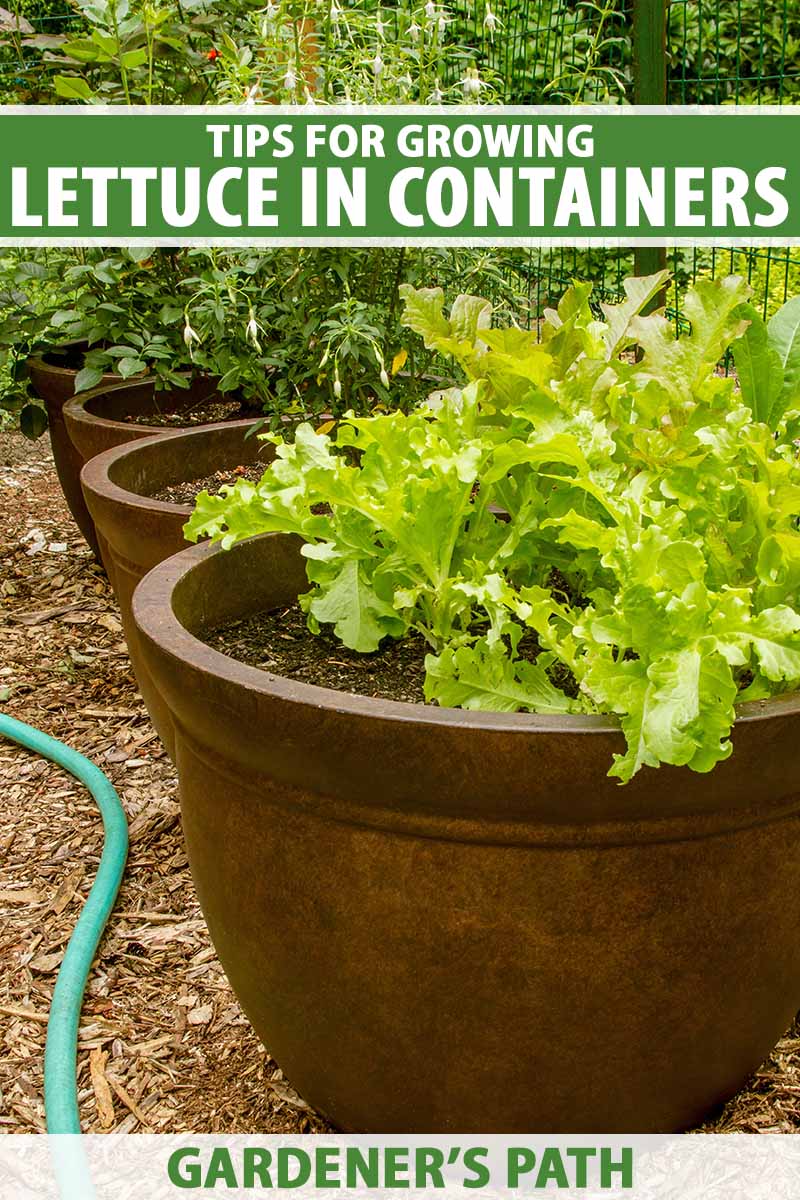
- Marigolds: Marigolds are another great companion plant for lettuce. They help to deter pests such as aphids and nematodes, and they also add color to your container garden.
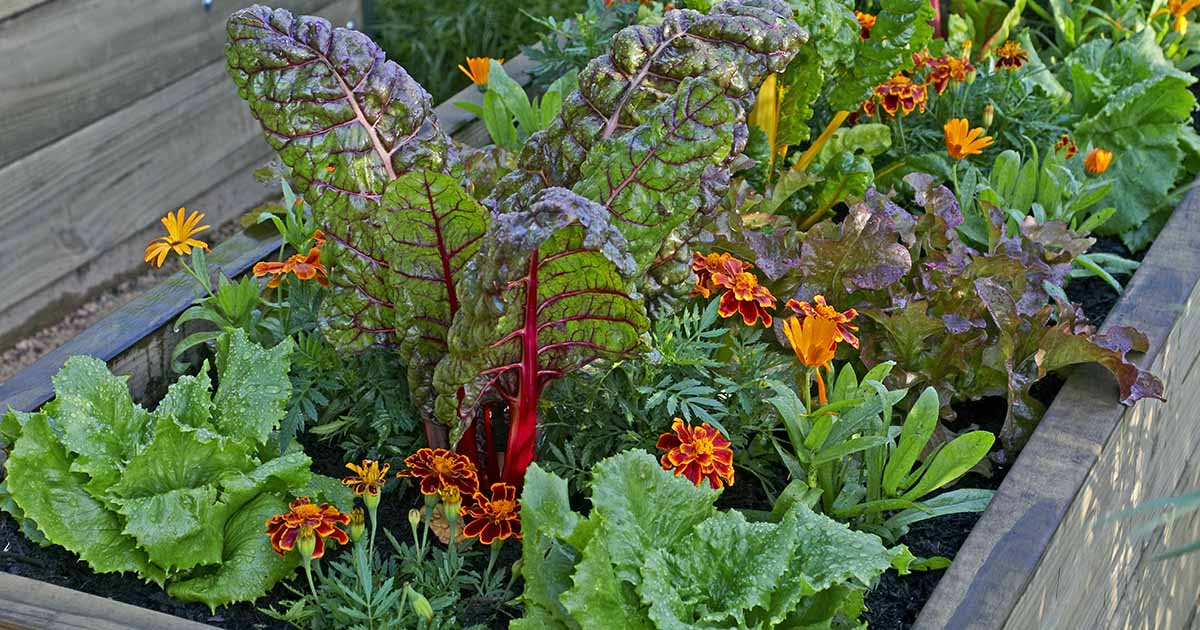
- Peas: Peas are a fast-growing crop that can help to shade the lettuce and protect it from the sun. They also add nitrogen to the soil, which can benefit the lettuce.
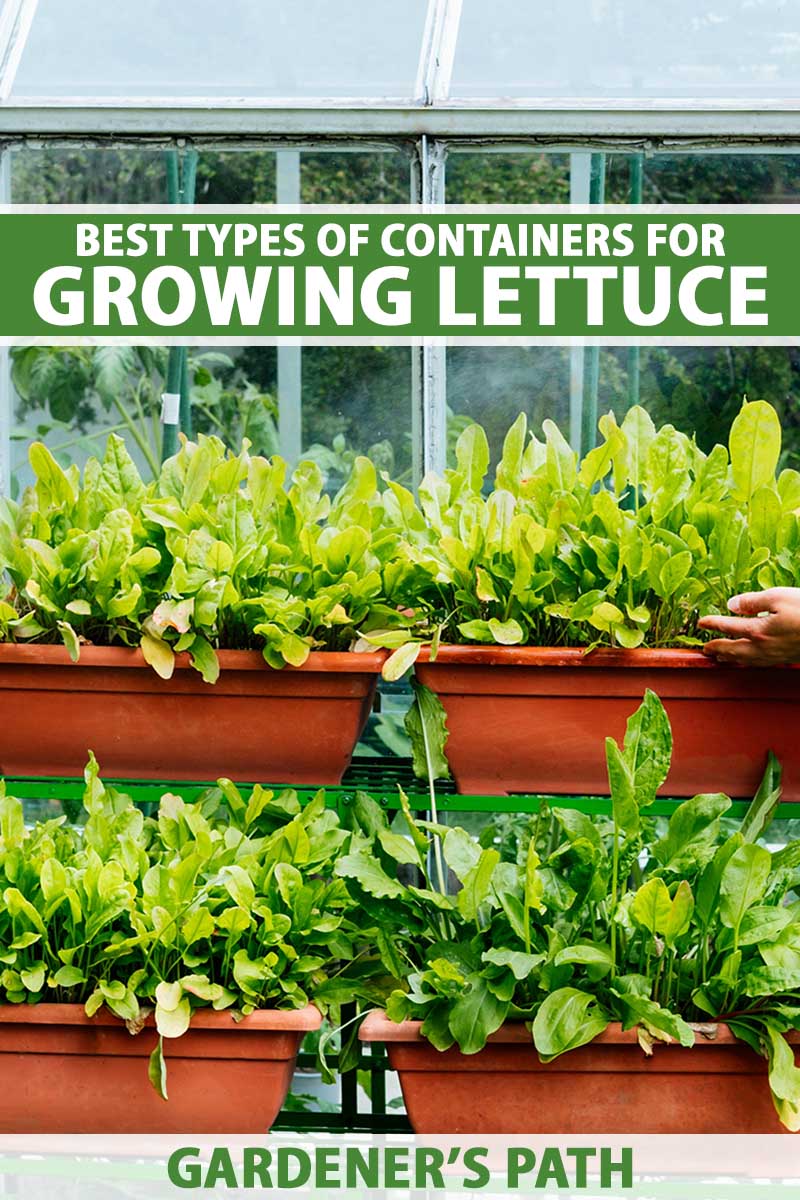
- Radishes: Radishes are another fast-growing crop that can be planted with lettuce. They help to break up the soil and improve drainage, and they can also be harvested before they start to compete with the lettuce.
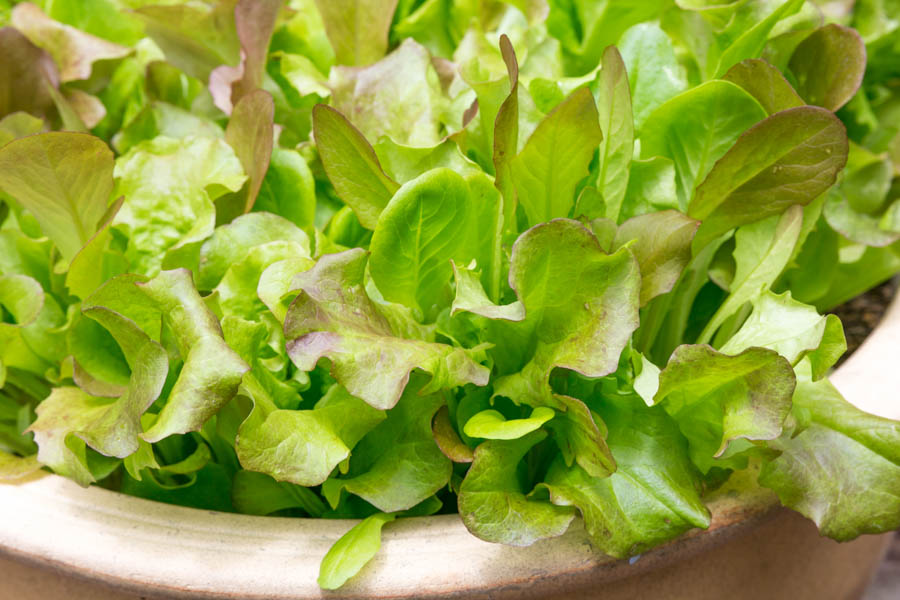
- Spinach: Spinach and lettuce have similar growing requirements and can be planted together in the same container. Spinach can also help to shade the lettuce and protect it from the sun.

Conclusion
By planting these companion plants with your lettuce, you can help to improve its growth and health. These plants will attract beneficial insects, deter pests, improve soil quality, and provide shade. As a result, you will be more likely to have a successful harvest of lettuce.
Lettuce is a relatively easy vegetable to grow, but it can be susceptible to pests and diseases. One way to protect your lettuce plants is to plant them with companion plants. Companion plants are those that benefit each other when they are grown together. Some good companion plants for lettuce include:
- Carrots: Carrots help to loosen the soil and attract beneficial insects, such as ladybugs and lacewings, which eat aphids.
- Dill: Dill attracts beneficial insects, such as ladybugs and lacewings, which eat aphids. It also improves the health and growth of lettuce.
- Marigolds: Marigolds help to deter pests, such as nematodes and aphids, and can help to improve soil health. They can also be a trap crop for slugs: plant them close to lettuce to keep them safe.
- Radishes: Radishes help to break up compacted soil. When grown with lettuce, they are more tender and succulent.
- Strawberries: Strawberries help to improve soil health and attract beneficial insects, such as predatory mites and parasitic wasps.
For more information about companion plants for lettuce in containers, visit Home Gardening.
FAQ of companion plants for lettuce in containers
- What are some good companion plants for lettuce in containers?
Some good companion plants for lettuce in containers include:
- Carrots: Carrots and lettuce have similar growing requirements and do not compete for resources. Carrots also help to loosen the soil, which can benefit lettuce plants.
- Herbs: Herbs like chives, parsley, and cilantro are great companions for lettuce plants. They attract beneficial insects like ladybugs and lacewings that will repel pests like aphids.
- Marigolds: Marigolds are another great companion plant for lettuce. They help to deter pests like aphids and nematodes, and they can also improve soil health.
- Nasturtiums: Nasturtiums are another flowering plant that can be a good companion for lettuce. They attract beneficial insects like ladybugs and lacewings, and they can also deter pests like aphids and slugs.
- Onions and shallots: Onions and shallots are also good companion plants for lettuce. They help to repel pests like aphids and they can also improve soil aeration.
What are some bad companion plants for lettuce in containers?
Some bad companion plants for lettuce in containers include:
- Cabbage family vegetables: Lettuce and other members of the cabbage family, such as broccoli, Brussels sprouts, and kale, should not be planted together. These plants are susceptible to the same pests and diseases, and planting them together can increase the risk of infection.
- Tomatoes: Tomatoes can release a chemical that inhibits the growth of lettuce. It is best to avoid planting these two vegetables together in containers.
- Peas: Peas can attract aphids, which can be a pest for lettuce. It is best to avoid planting these two vegetables together in containers.
How far apart should companion plants be planted in containers?
The spacing requirements for companion plants will vary depending on the specific plants involved. However, as a general rule, you should space companion plants at least 6 inches apart. This will give them enough room to grow and thrive without competing for resources.
What are some other benefits of companion planting?
In addition to deterring pests and improving soil health, companion planting can also offer a number of other benefits. For example, companion plants can:
- Attract beneficial insects: Beneficial insects, such as ladybugs and lacewings, can help to control pests in your garden. Companion planting can help to attract these beneficial insects by planting flowers and herbs that they are attracted to.
- Improve pollination: Some plants, such as tomatoes and peppers, need to be pollinated in order to produce fruit. Companion planting can help to improve pollination by planting flowers and herbs that attract bees and other pollinators.
- Reduce the need for fertilizers and pesticides: Companion planting can help to reduce the need for fertilizers and pesticides by improving soil health and attracting beneficial insects.
Image of companion plants for lettuce in containers
- Marigolds: Marigolds are known for attracting beneficial insects, such as ladybugs, which prey on aphids and other pests that can damage lettuce plants. They also help to suppress soil-borne diseases.

- Nasturtiums: Nasturtiums are another good choice for companion planting with lettuce. They help to repel aphids and other pests, and they also add a splash of color to your container garden.

- Beans: Beans are nitrogen-fixing plants, which means they can help to improve the soil quality for your lettuce plants. They also help to shade the soil, which can help to prevent lettuce from bolting (flowering prematurely).

- Carrots: Carrots and lettuce are both root vegetables, so they don't compete for the same resources. Carrots also help to deter pests, such as carrot rust flies, from attacking lettuce plants.
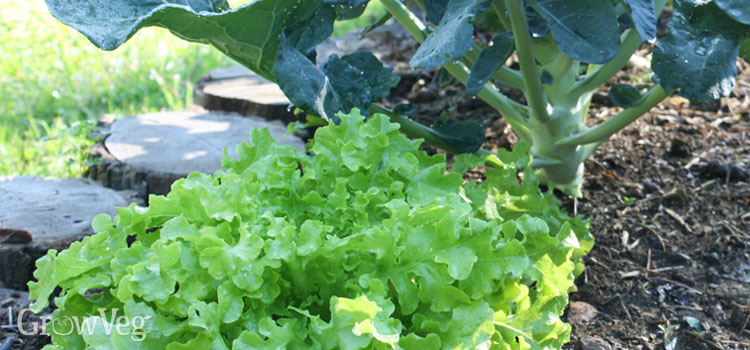
- Cucumbers: Cucumbers and lettuce can be planted together in the same container, as long as they have enough space to grow. Cucumbers help to attract pollinators, which can help to improve the yield of your lettuce plants.

- Radishes: Radishes are a fast-growing crop that can be harvested in just a few weeks. They help to loosen the soil and improve drainage, which can benefit lettuce plants.
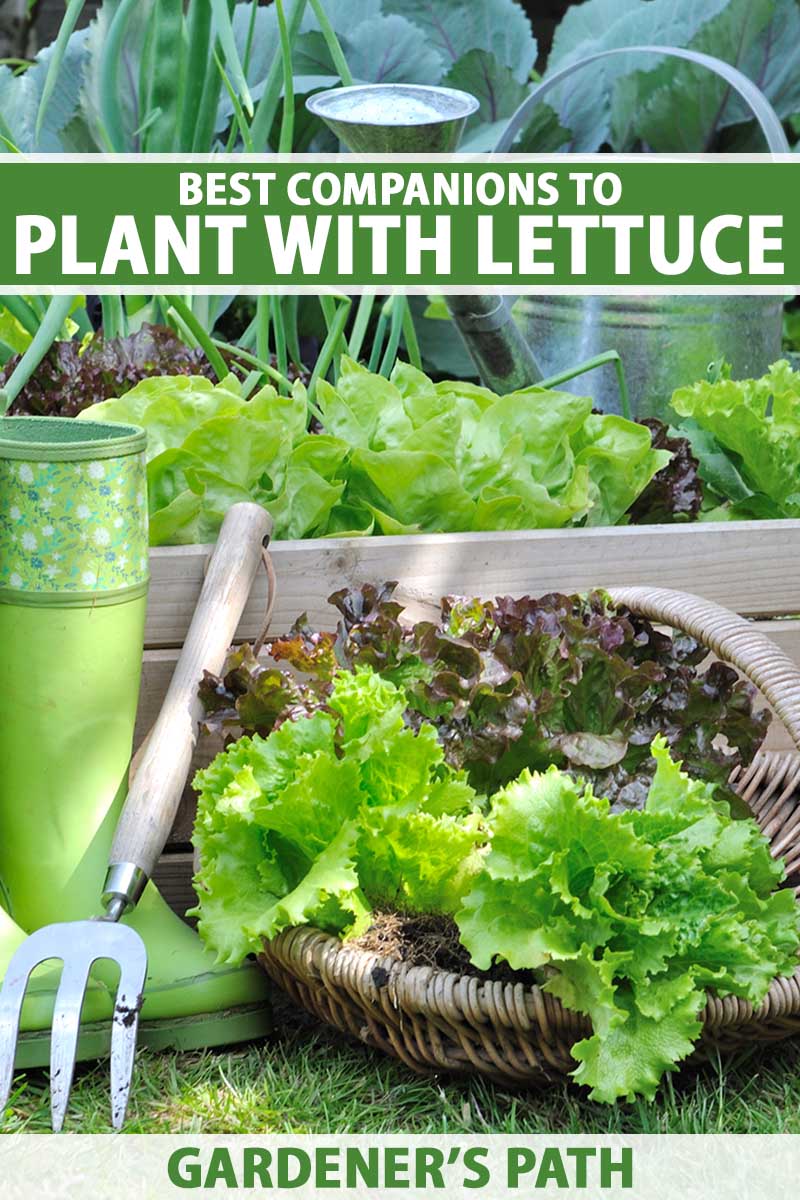
- Spinach: Spinach and lettuce are both cool-season crops that can be planted together in the same container. They have similar growing requirements, so they won't compete for resources.

- Thyme: Thyme is a fragrant herb that can help to repel pests, such as cabbage moths and flea beetles. It also helps to improve the flavor of lettuce leaves.
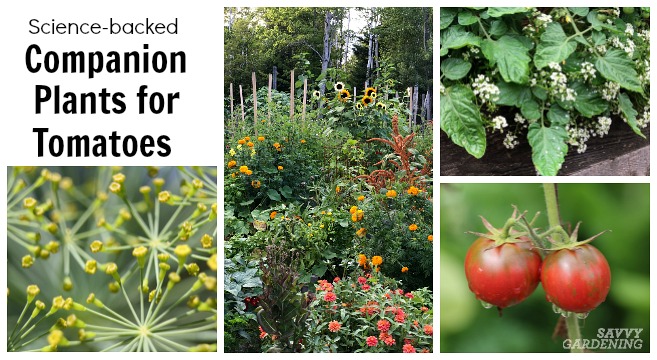

Post a Comment for " Best Companion Plants For Lettuce In Containers"